Air suspension or air spring is a type of vehicle suspension,
That is powered by an air pump or a compressor. They are commonly used in heavy-duty vehicles,
But over the last decade, it has also made its mark in the smaller commercial vehicles.
Air suspension is made of tough rubber and
Plastics inflated at a certain pressure to withstand the shocks. Air springs have various
Advantages over a shock absorber and coil spring arrangement. Several automobile manufacturers use air suspension today
Such as Rolls Royce, Mercedes-Benz, Maybach, Land Rover, Jeep, Lexus, Volkswagen, etc.
Also, read – 5 Suspension Mods You Should NEVER Do To Your Car
Air Suspension System Design:
As already mentioned,
That air suspension is made of tough rubber and plastic (polyurethane)
Bags that are inflated to a correct pressure with the help of a compressor.
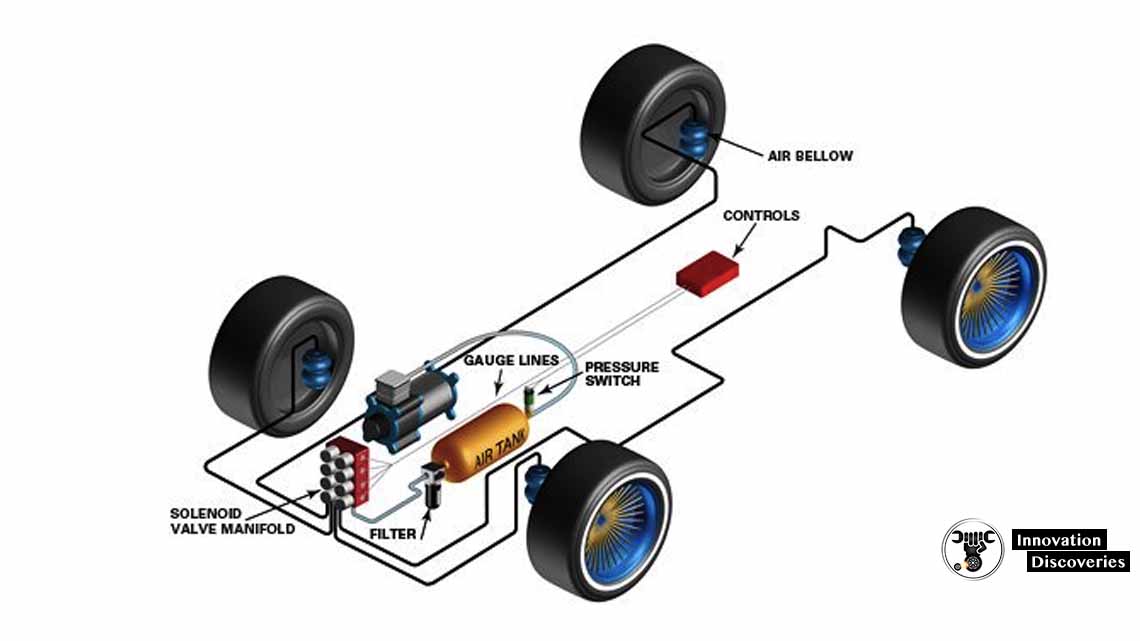
The bags come in 3 different shapes:
Double-Convoluted Bag:
This type of bag is in the shape of an hourglass or a double cheeseburger. This provides better lateral flexibility than other types and has more load capacity. It has a short stroke and a progressive spring rate. It is best suited for front suspension.
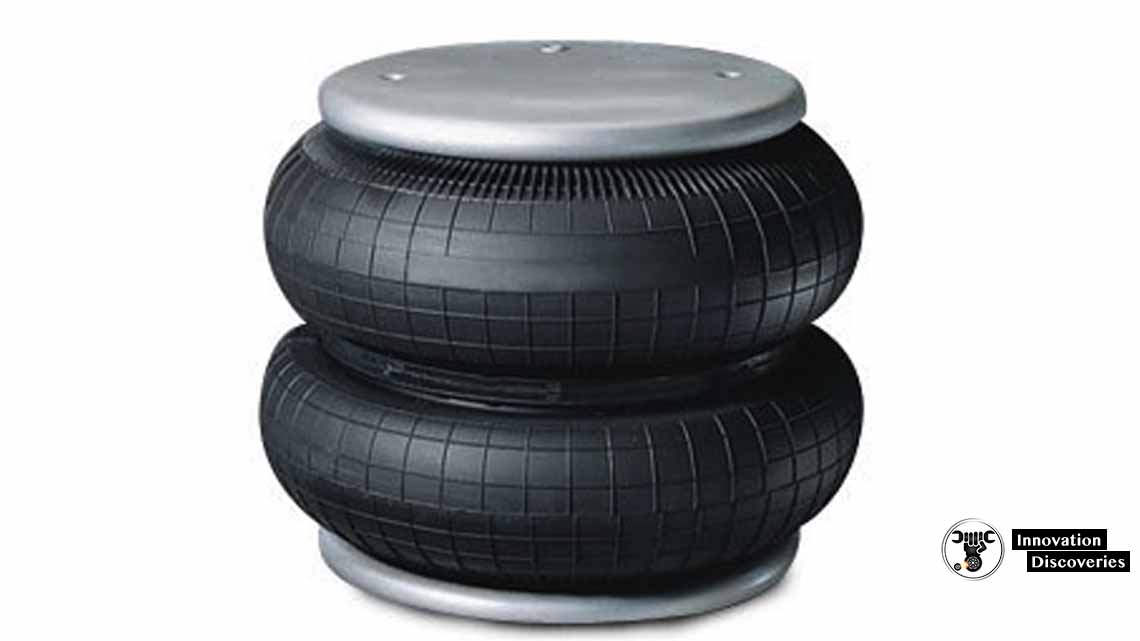
Rolling Sleeve and Tapered Sleeve Bags:
These have a smaller diameter and also the stroke length is longer. The linear spring rate is higher and more suited for rear-end applications.
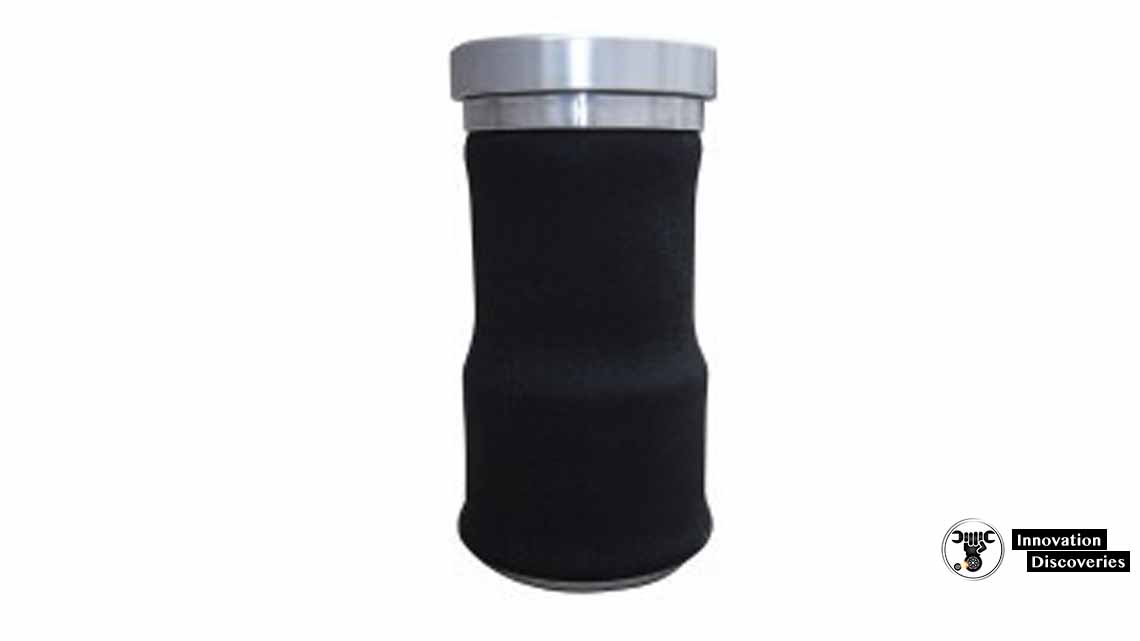
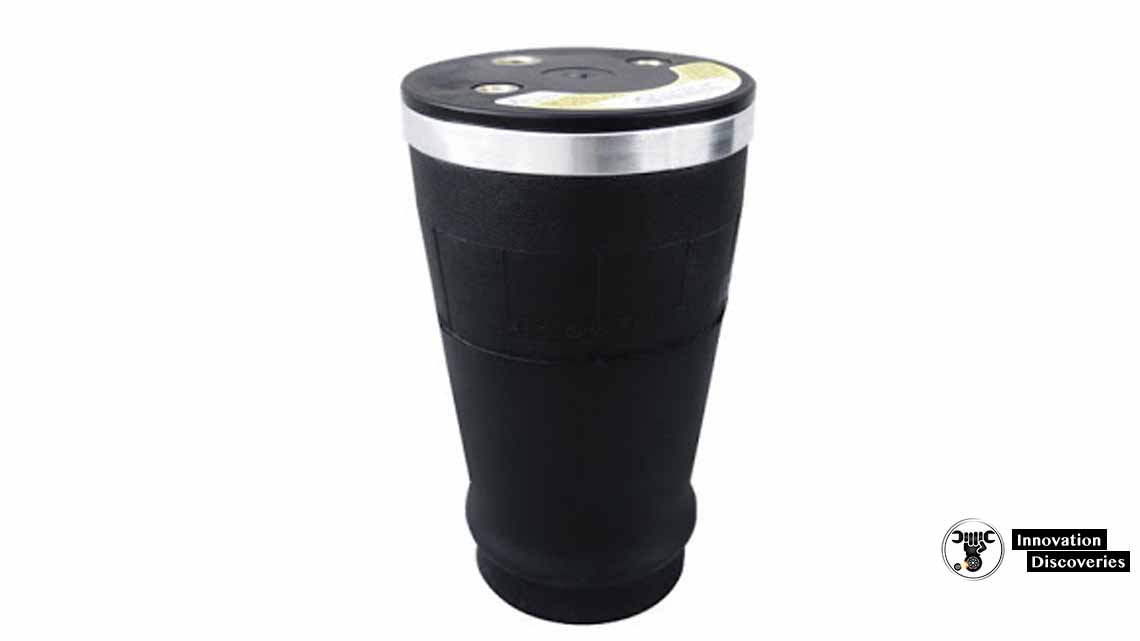
Compressor Motor:
Most of the air suspension systems are provided with an electric compressor motor.
It draws the air from the atmosphere,
Compresses it and then sends the compressed air to inflate the bags through a series of compressed airlines. Apart from compressing the air,
It also maintains the pressure to be supplied to the bags. The pressure has to be varied for different driving conditions. Therefore, the compressor provides a transition in pressure.
In vehicles fitted with an advanced air suspension system,
A separate air tank is provided to maintain the compressed air pressure and
Also, to provide a smoother change in pressure. The pressure of the air might vary from 5 bar to 12 bar and the tank capacity might;
Vary from 7 liters to 20 liters depending on the load that a vehicle carries.
Desiccant Air dryer:
The air drawn from the atmosphere might have moisture which can damage the system. To remove the moisture,
An air dryer is installed to absorb the moisture before it is sent to the system.
Air Lines:
High-pressure lines made of rubber and polyurethane composition are used to;
Carry the compressed air to the bags. Advanced systems often use steel lines.
Valves (Two way or Four-way):
Valves play a crucial role in controlling the amount of air to be supplied to the bags. A two-way valve system uses one valve per axle. During cornering, let’s assume a vehicle taking a left turn; the left airbag will be more compressed than the right airbag. Two-way valve systems allow the air to transfer from left to right,
Thus, increasing the tendency of body rolls. Body rolls bring a huge disadvantage to an air suspension system.
To overcome the problem, four-way valve systems were introduced. It offered a separate valve for each bag. It also requires a separate airline for each bag,
Hence, canceling the possibility of body rolls due to air suspension.
Electronic Control System (Solenoids):
Solenoids are used to electronically control the amount of air supplied to an airbag.
The electronic control module receives inputs such as ride height,
And pressure through sensors and switches the compressor
ON and OFF as required to vary the pressure.
There is also a completely manual setup to regulate the rife height and pressure. This is done with the help of pneumatic valves.
There are 3 types of Electronic Control Systems
Pressure Based System:
The pressure-based electronic control system relies solely on air pressure inputs. Based on the air pressure inputs,
The control module has to calculate the ride height of the vehicle. It is more of an assumption than calculating the exact ride height value. The system might not perfectly vary the ride height required based on the pressure inputs alone.
Ride Height Based System:
With a ride height control system, the issue of assuming the ride height is overcome. Ride height sensors accurately measure the ride height of the individual wheel. But without a pressure-based system, the vehicle might face cross-loading. Cross loading is the difference in ride height between the tires in one diagonal and the tires in the other diagonal. Two diagonal corner tires might be overinflated
While the other two diagonal corner tires might be underinflated. To overcome the issue,
An air suspensions are fitted with a combo of both pressure-based system and
Ride height based system.
Combo System:
Both the pressure-based system and ride height system are
Installed together to overcome both cross-loading and ride height calculation issues.
Advantages of Air Suspension:
- Superior ride quality. Passengers won’t feel like their car is being driven over bumps.
- It can improve towing capabilities
- It can maintain the firmness of a vehicle when carrying heavy loads.
Disadvantages:
The only major disadvantage is the cost of buying an air suspension unit. It is mostly used in luxury cars. People who can spend extra money would generally go for this variant. Air suspension is standard in Mercedes S class and Range Rover.
Also, read – How car springs and dampers work


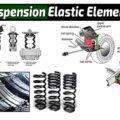

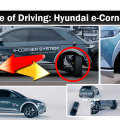
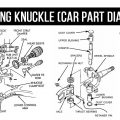
2 Comments